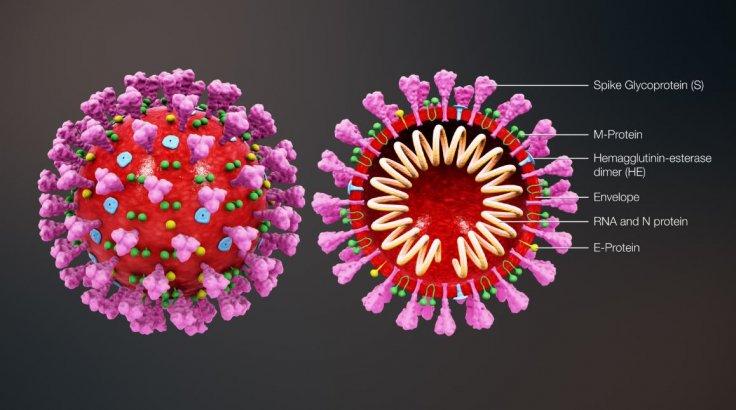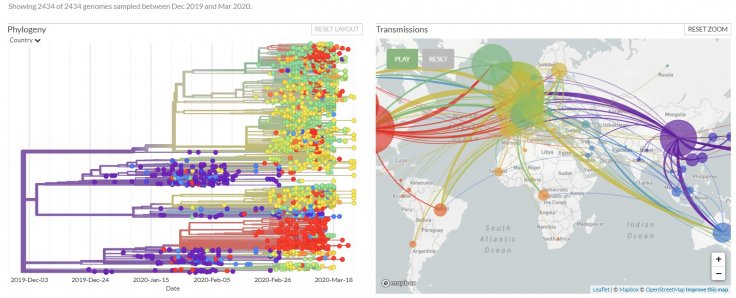With the helop of the 2,425 genetic sequences, submitted to the open database NextStrain, from research labs across the globe, it has been inferred that about eight coronavirus strains are spreading across the globe. The samples submitted are from 59 countries, from every continent, except Antarctica.
Are these mutations harmful?

No, these strains aren't harmful, Nextstarin co-founder Trevor Bedford said. "These mutations are completely benign and useful as a puzzle piece to uncover how the virus is spreading", he said. Also, these strains are very similar, with just tiny variations and no strain appears to be more lethal than the other.
"It's also highly unlikely that the virus could mutate into a more lethal strain," Charles Chiu, a professor of medicine and infectious disease at the University of California, San Francisco School of Medicine, told USA Today.
How is the mutation study helpful?

The various strains allow researchers to see whether community transmission is widespread throughout a region, which in turn reflects the efficiency of lock-down efforts, Bedford explained. "We'll be able to tell how much less transmission we're seeing and answer the question, 'Can we take our foot off the gas?'" he said.
Does these show the complete picture of the outbreak?
Kristian Andersen, a professor at Scripps Research, California has cautioned that the maps don't show the full picture of the spread of the virus. "Remember, we're seeing a very small glimpse into the much larger pandemic," she told USA Today. "We have half a million described cases right now but maybe 1,000 genomes sequenced. So there are a lot of lineages we're missing," she added.
The outbreak of novel coronavirus was first reported in the Chinese city Wuhan, capital of Hubei province, in late December. From there, the virus spread both domestically and internationally, chiefly by the Wuhan residents. Till now, the virus has spread to more than 150 countries, of every continent, except Antarctica, infecting 785,825 people and killing 37,825.









